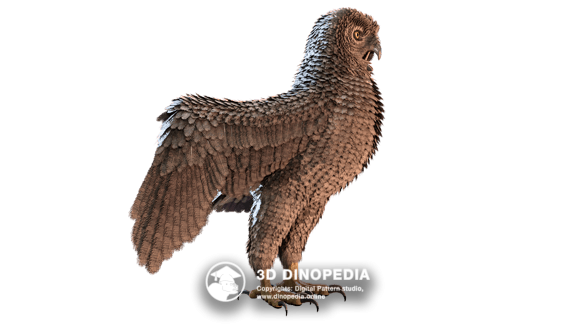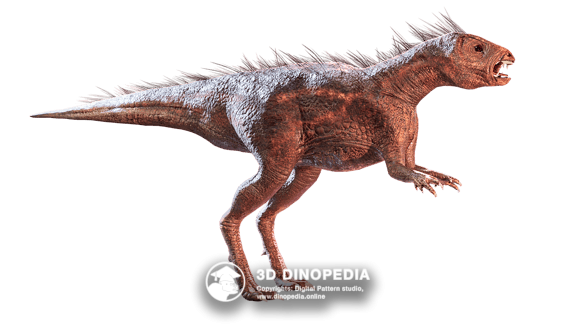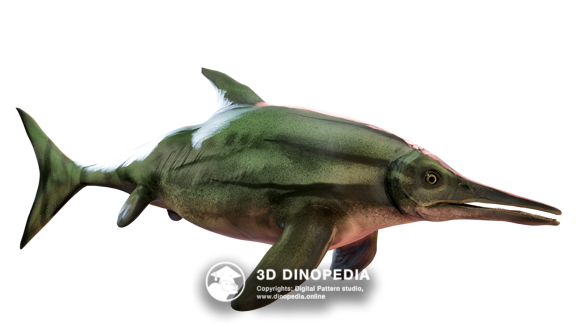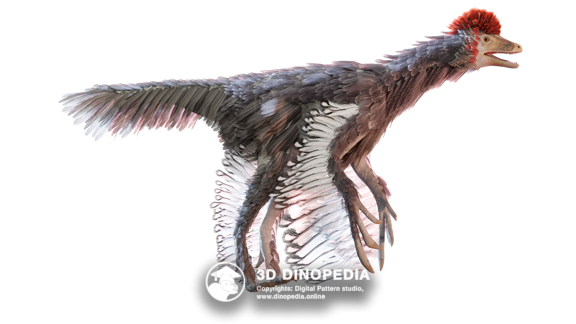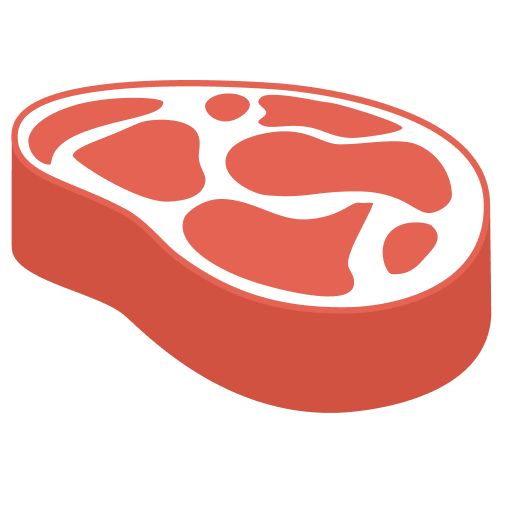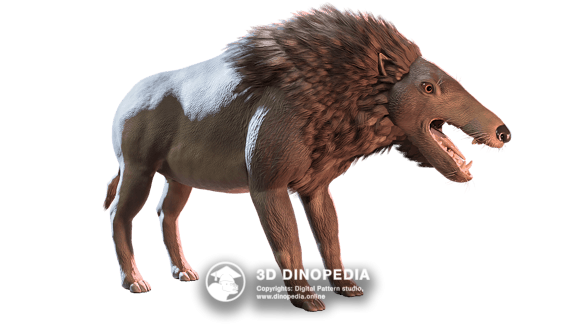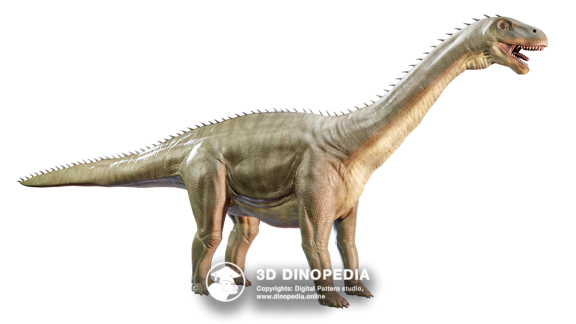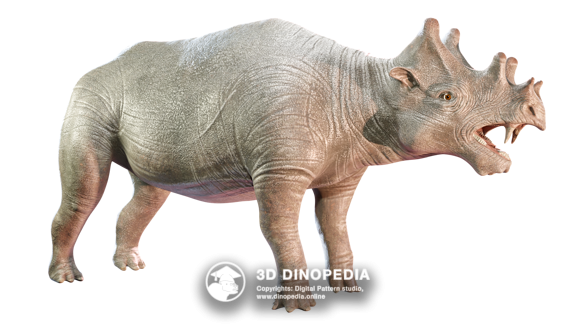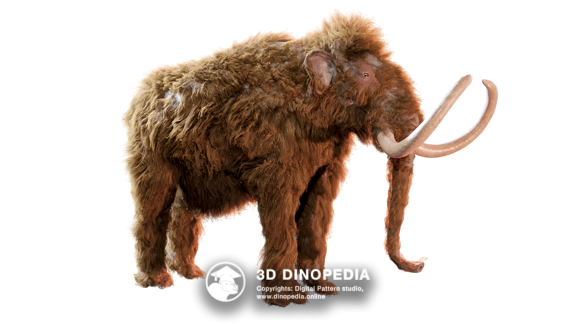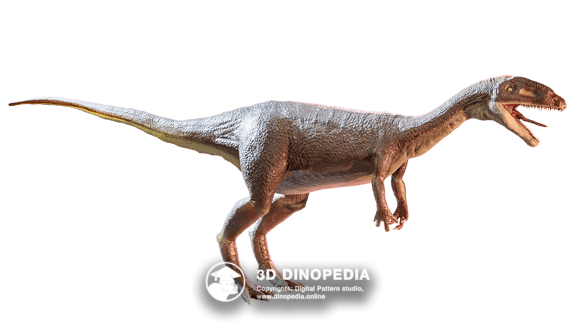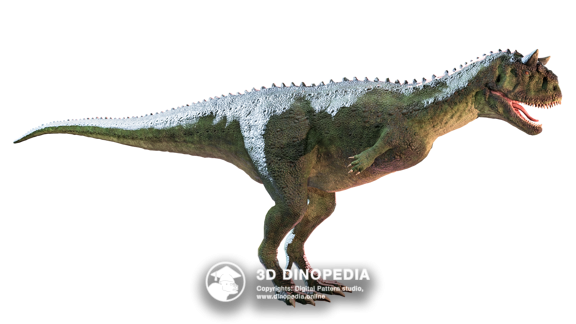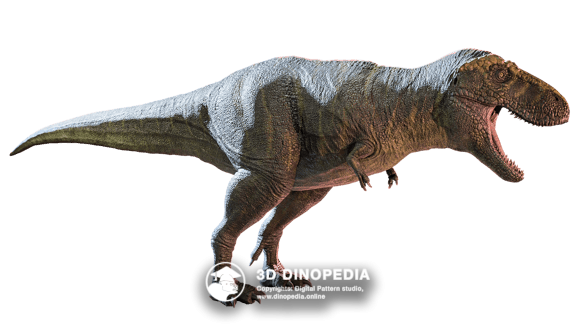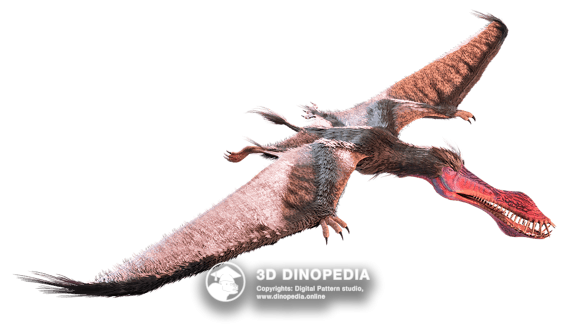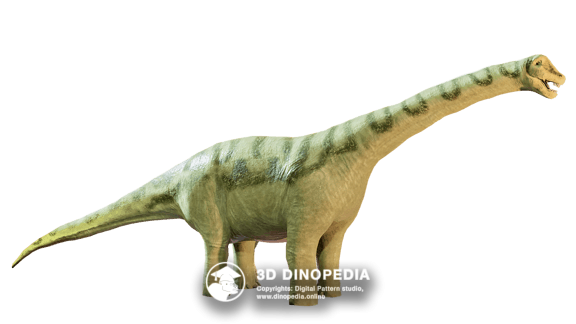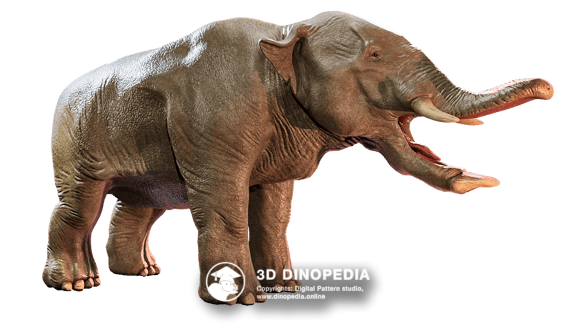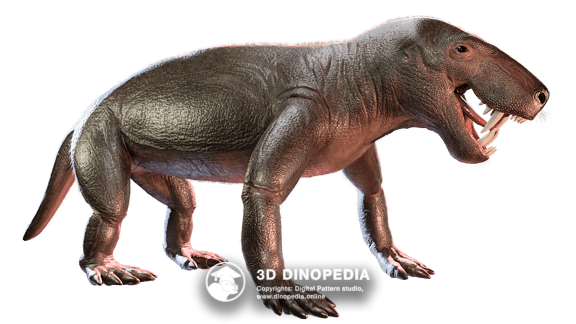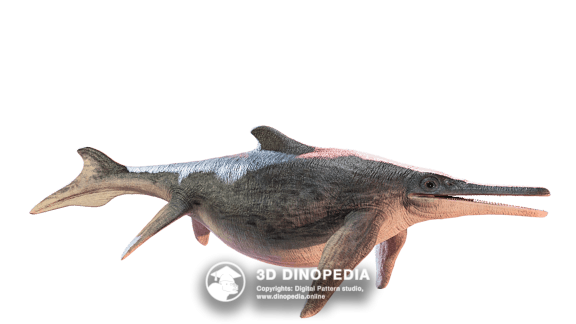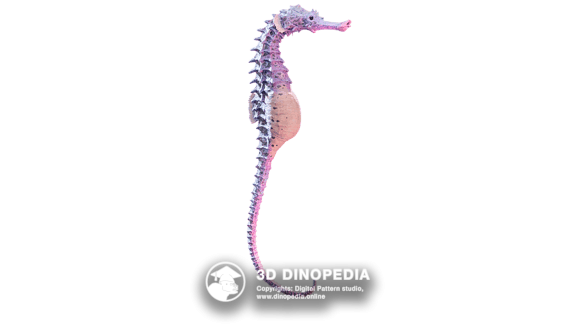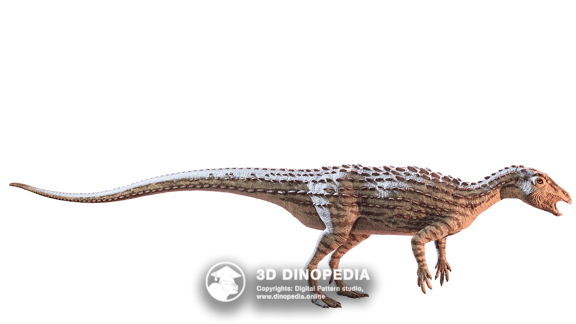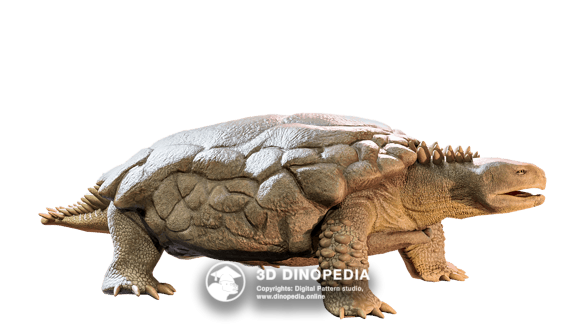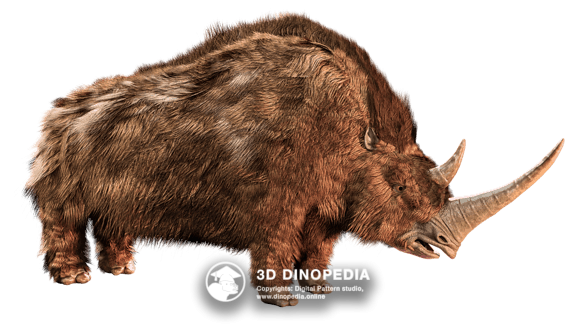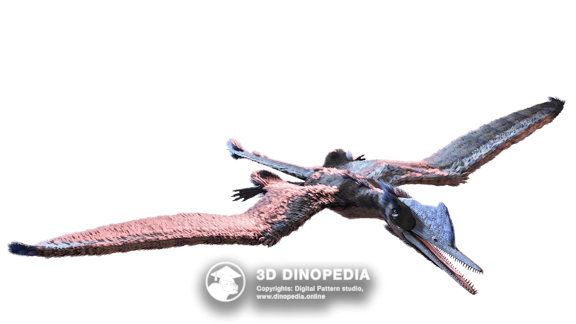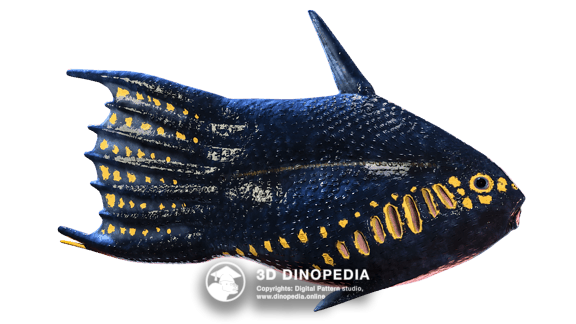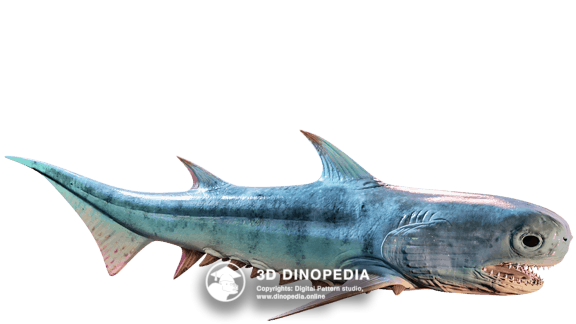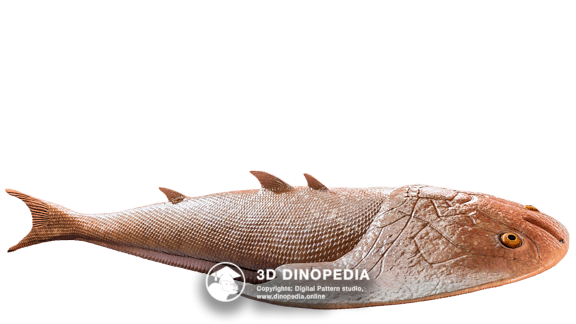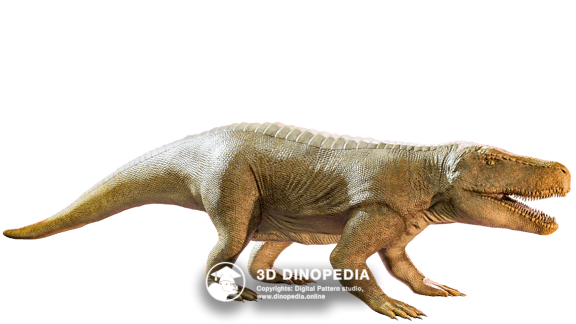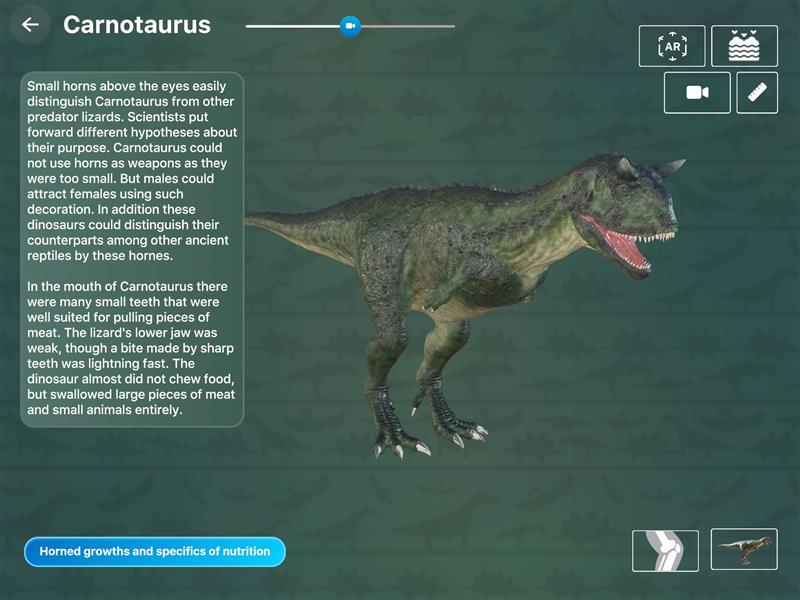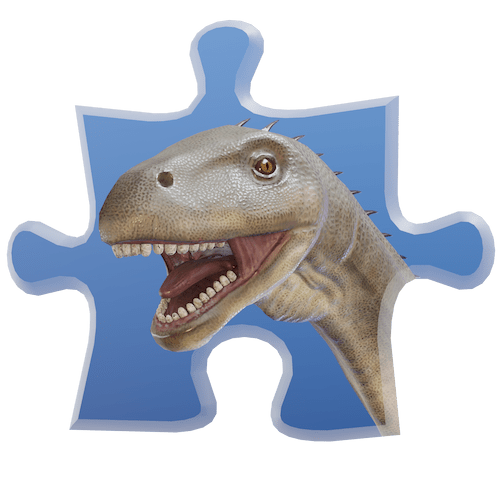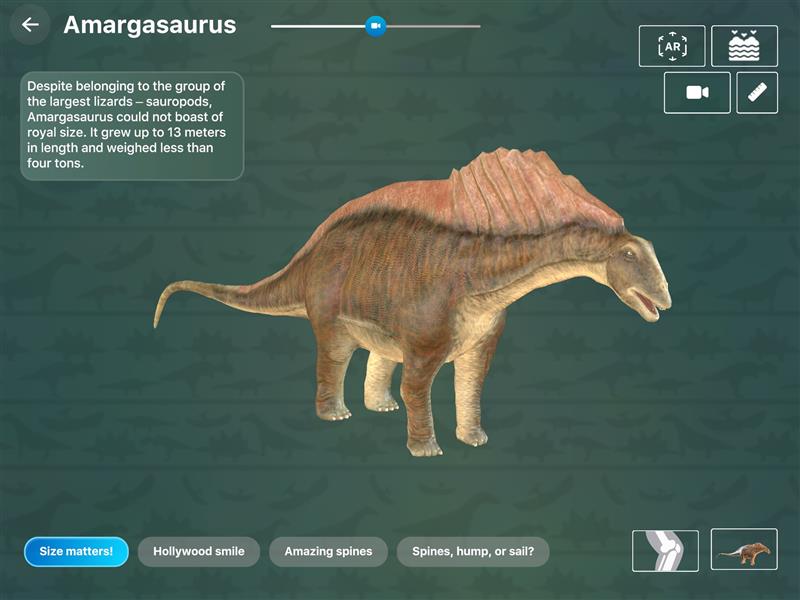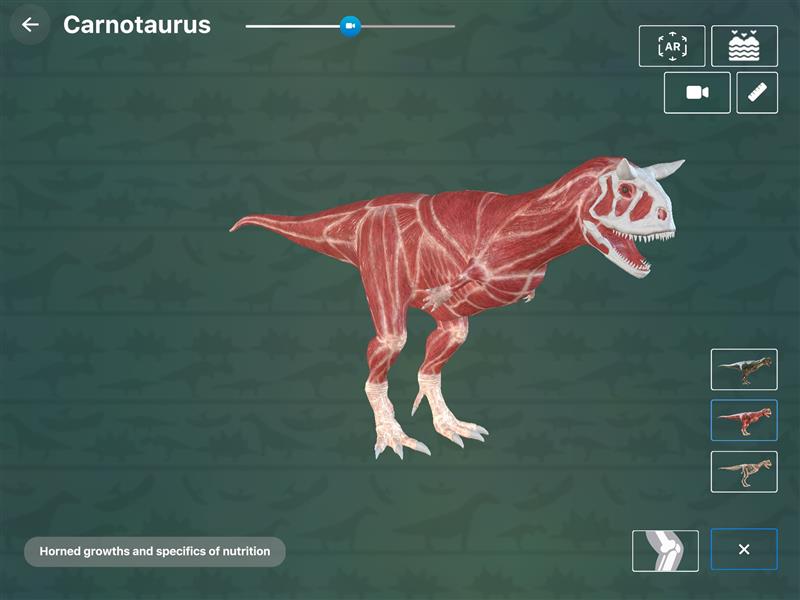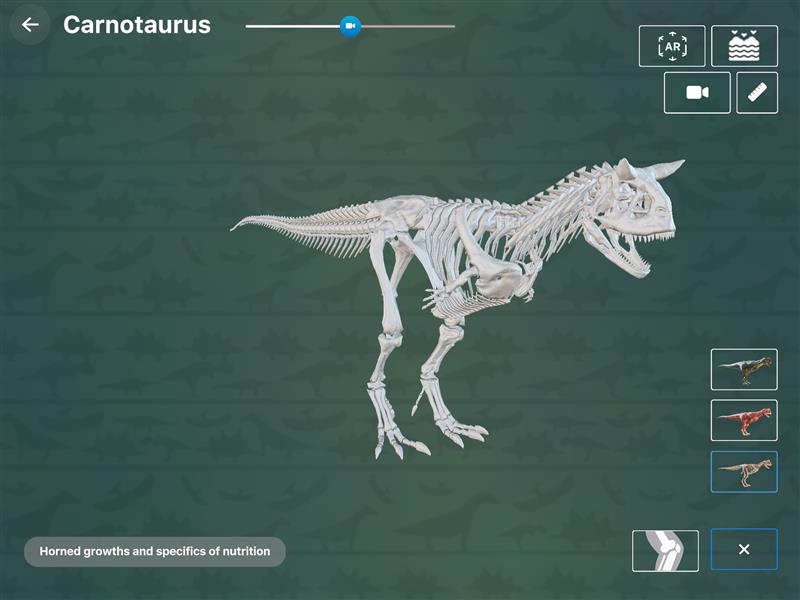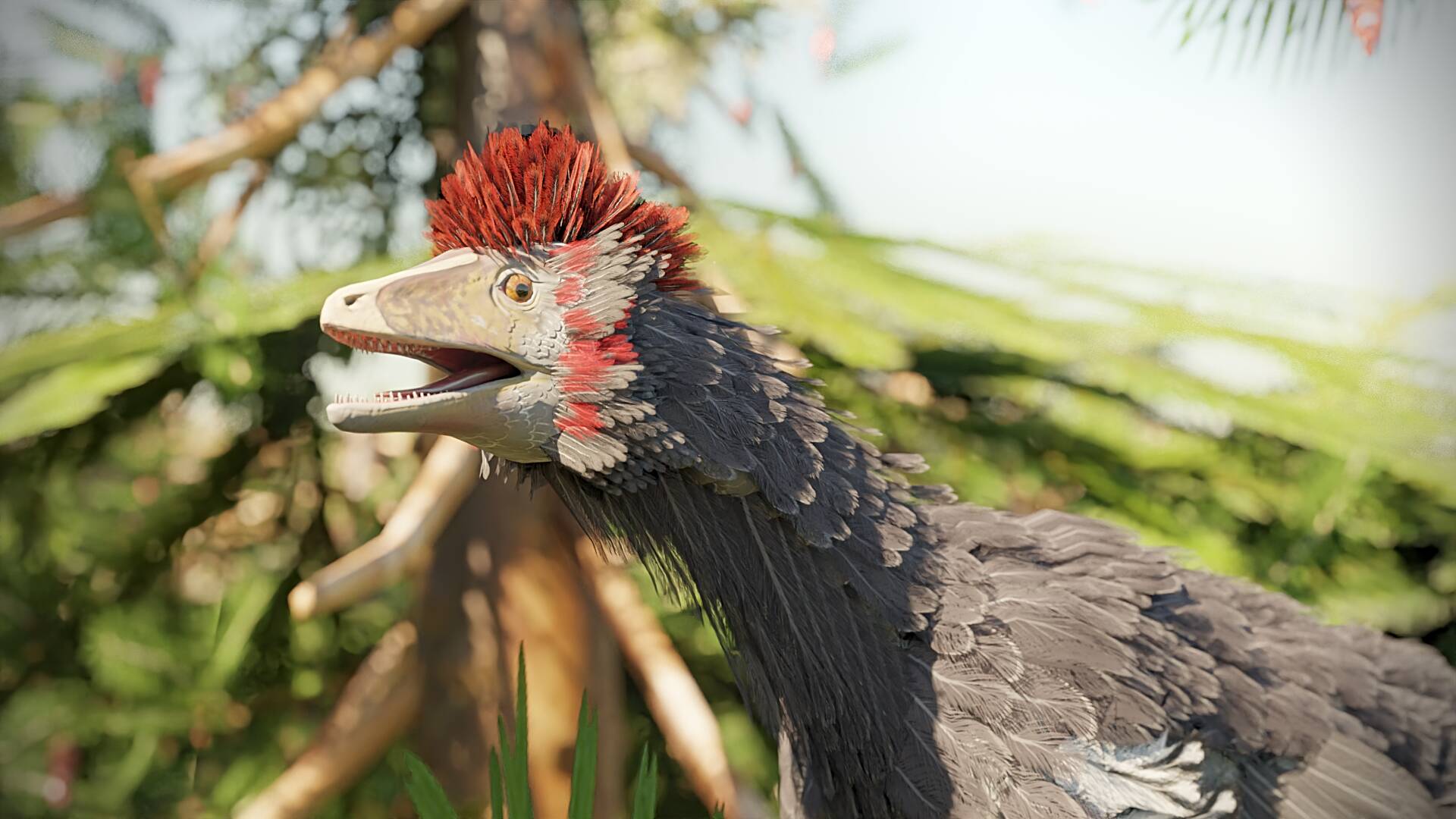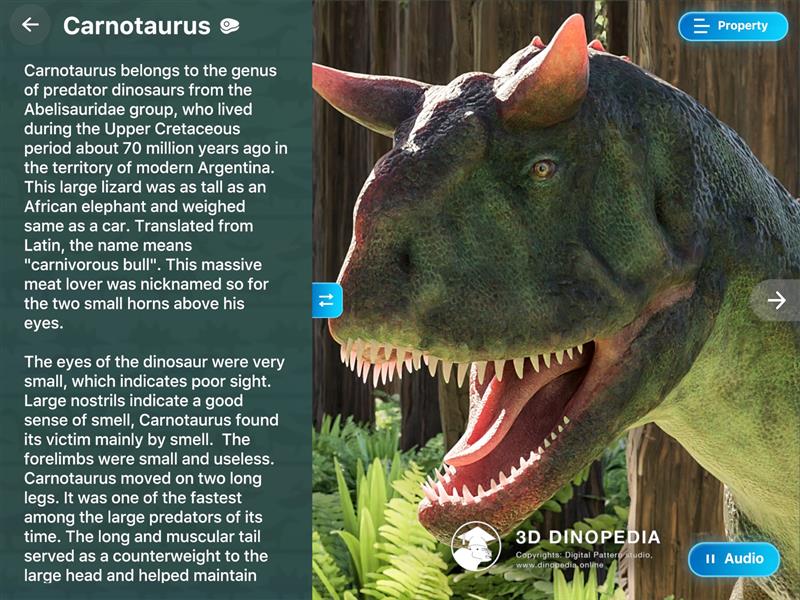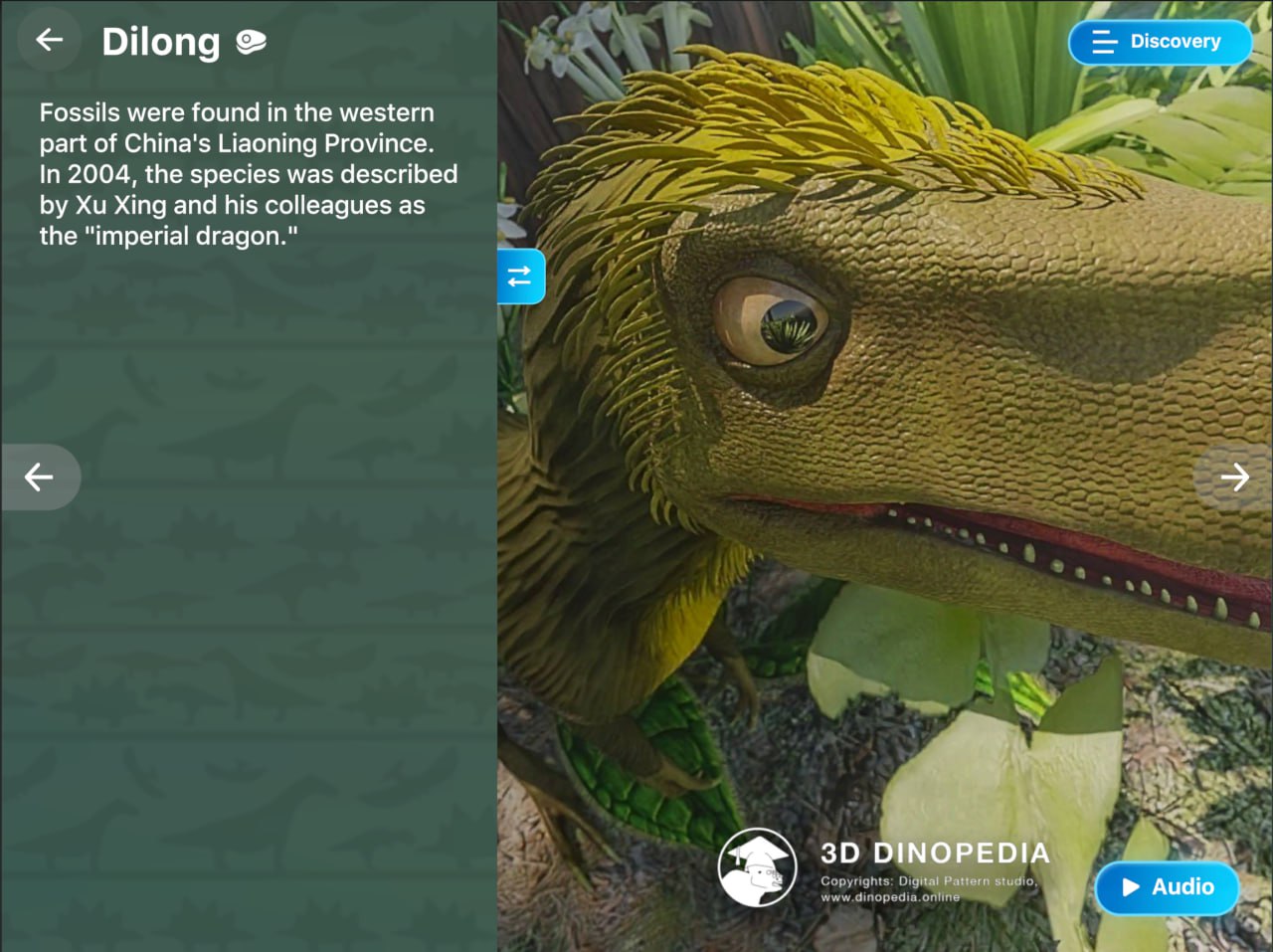Neanderthal

Name meaning:
Named after the Neander Valley
Period of life:
130,000 – 28,000 years ago
Period:
Habitat:
Coasts
Taxonomy:
Mammals
Countries:



Meaning of the Name: Named after the Neander Valley in Germany, where the first remains were discovered.
Neanderthals were our closest extinct relatives, leaving an indelible mark on human history. These remarkable people roamed the vast landscapes of Europe and Asia for over 100,000 years, successfully adapting to the harsh conditions of the Ice Age. A journey back in time to the Pleistocene epoch reveals a fascinating portrait of the Neanderthal, full of intriguing details.
Imagine a short, stocky individual with immense strength. The average height of a male Neanderthal was about 165 cm, while females were around 155 cm. Their muscular, robust bodies were perfectly suited for cold climates. Broad rib cages allowed for deep breaths, oxygenating the blood efficiently, while short limbs minimized heat loss.
A Neanderthal’s face was strikingly different from ours. Prominent brow ridges, a wide nose, and a sloping forehead gave them a distinctive, rugged appearance. Interestingly, Neanderthals had even larger brains than modern humans, with volumes reaching up to 1,700 cm³.
Around 500,000 years ago, the first proto-Neanderthals emerged on the evolutionary stage. Over thousands of years, their features evolved until, about 130,000 years ago, the classic Neanderthal form took shape—recognized today through numerous fossil discoveries. Their range stretched from the Atlantic shores of Europe to the Altai Mountains in the east, covering vast and diverse landscapes, from frozen wastelands to lush valleys.
Despite the harsh environment, Neanderthals were far from being primitive cave dwellers. They were skilled hunters, expertly using spears with stone tips to take down large animals such as mammoths, bison, and deer. Their protein-rich diet was supplemented with gathered berries, nuts, and roots. Neanderthals lived in small, likely family-based groups and led a nomadic lifestyle, following the migration patterns of their prey.
The significance of Neanderthals in science is immeasurable. Their remains, found across Europe and Asia, serve as invaluable windows into the past, allowing us to glimpse into the lives of ancient humans. By studying their anatomy, genetics, culture, and way of life, we gain precious insights into human evolution and our place in the world.
Discussions
Other animals
 INTERESTING FACTS
INTERESTING FACTS
 PUZZLES
PUZZLES
 HOME
HOME
 3D MODEL "SKIN"
3D MODEL "SKIN"
 3D MODEL "MUSCLES"
3D MODEL "MUSCLES"
 3D MODEL "SKELETON"
3D MODEL "SKELETON"
 VISION
VISION
 NEIGHBORS
NEIGHBORS
 VOICE ACTING
VOICE ACTING
 AR - MODE
AR - MODE
 GALLERY
GALLERY
 HISTORY OF DISCOVERIES
HISTORY OF DISCOVERIES







